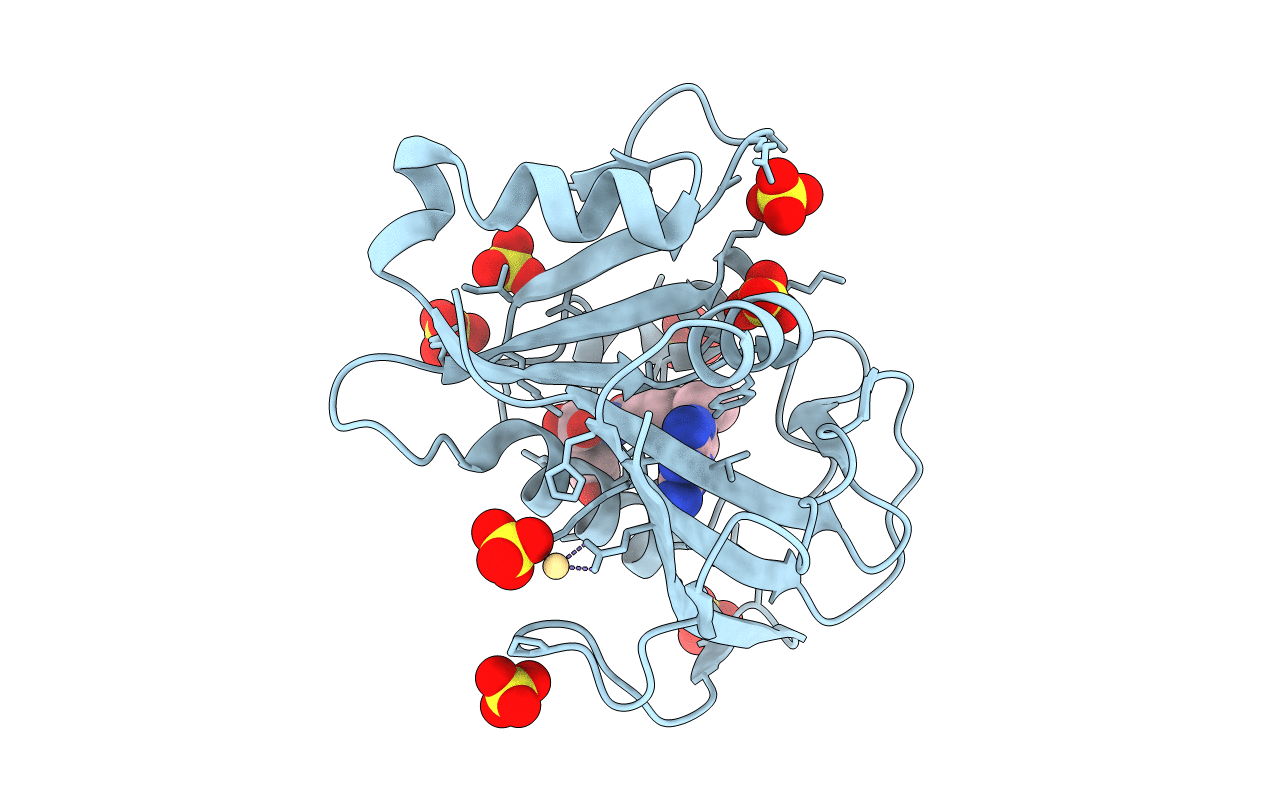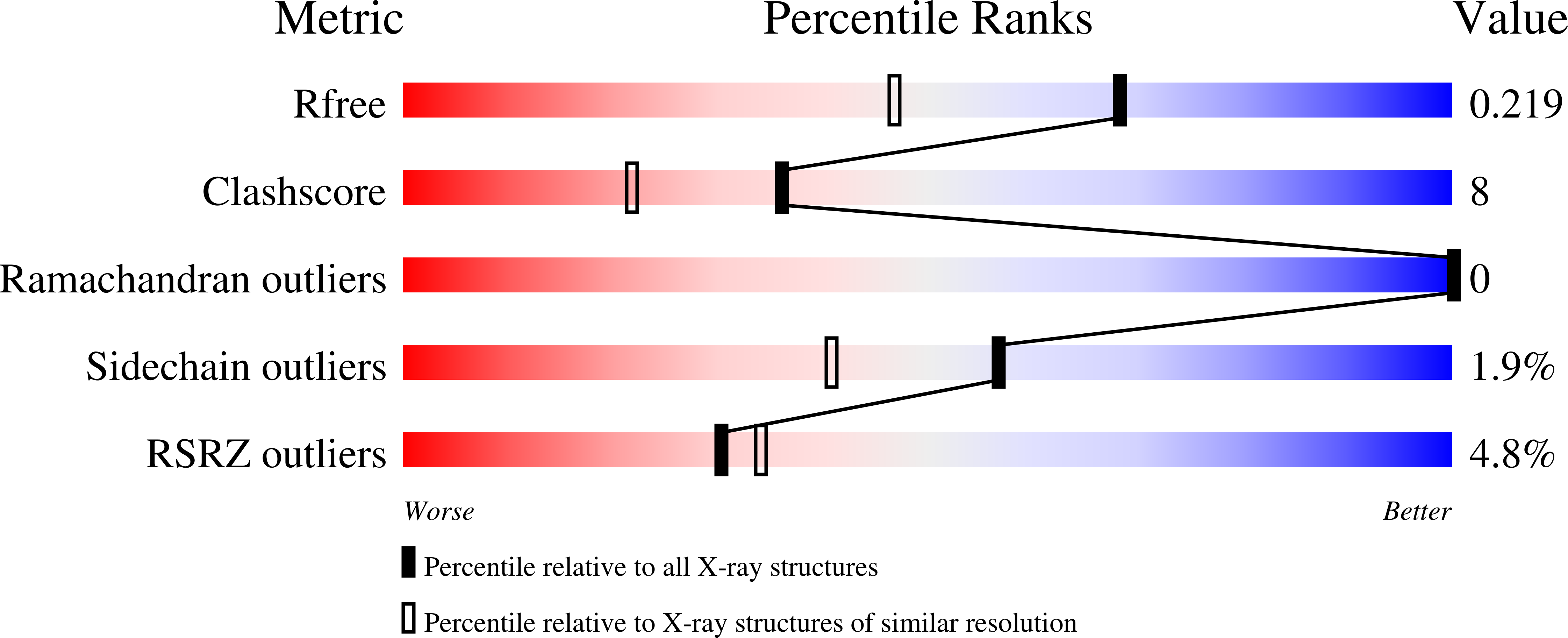
Deposition Date
2008-09-15
Release Date
2009-05-26
Last Version Date
2023-08-30
Entry Detail
PDB ID:
3EIG
Keywords:
Title:
Crystal structure of a methotrexate-resistant mutant of human dihydrofolate reductase
Biological Source:
Source Organism:
Homo sapiens (Taxon ID: 9606)
Host Organism:
Method Details:
Experimental Method:
Resolution:
1.70 Å
R-Value Free:
0.22
R-Value Work:
0.17
R-Value Observed:
0.17
Space Group:
P 21 21 21


